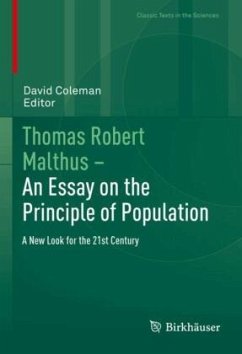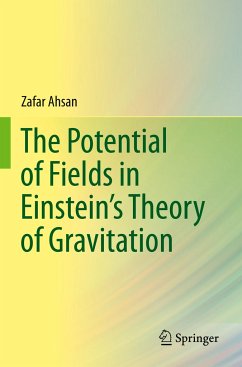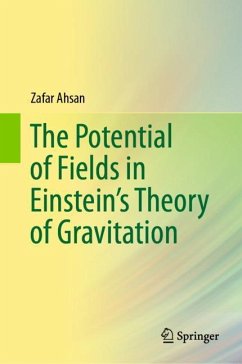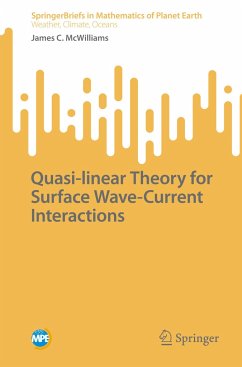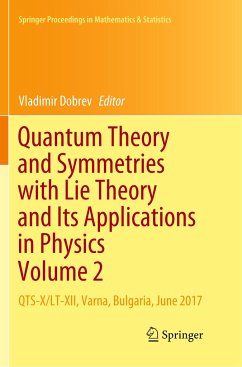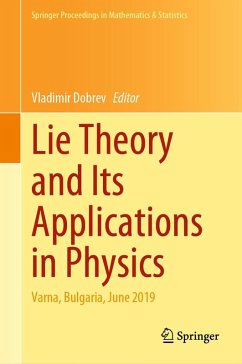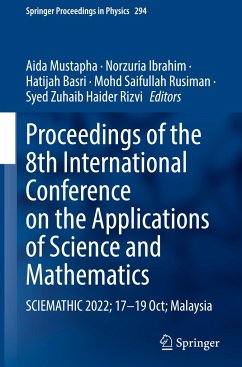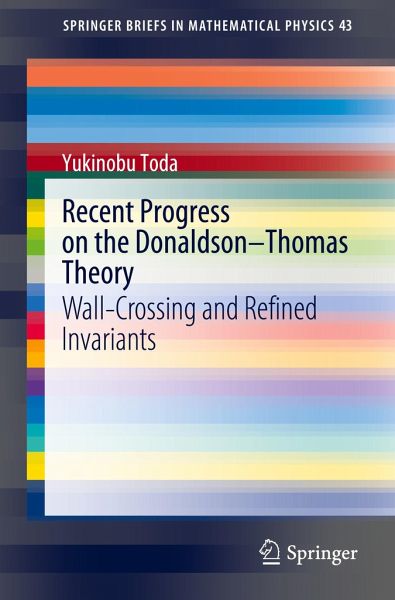
Recent Progress on the Donaldson-Thomas Theory
Wall-Crossing and Refined Invariants

PAYBACK Punkte
25 °P sammeln!
This book is an exposition of recent progress on the Donaldson-Thomas (DT) theory. The DT invariant was introduced by R. Thomas in 1998 as a virtual counting of stable coherent sheaves on Calabi-Yau 3-folds. Later, it turned out that the DT invariants have many interesting properties and appear in several contexts such as the Gromov-Witten/Donaldson-Thomas conjecture on curve-counting theories, wall-crossing in derived categories with respect to Bridgeland stability conditions, BPS state counting in string theory, and others. Recently, a deeper structure of the moduli spaces of coherent sheave...
This book is an exposition of recent progress on the Donaldson-Thomas (DT) theory. The DT invariant was introduced by R. Thomas in 1998 as a virtual counting of stable coherent sheaves on Calabi-Yau 3-folds. Later, it turned out that the DT invariants have many interesting properties and appear in several contexts such as the Gromov-Witten/Donaldson-Thomas conjecture on curve-counting theories, wall-crossing in derived categories with respect to Bridgeland stability conditions, BPS state counting in string theory, and others.
Recently, a deeper structure of the moduli spaces of coherent sheaves on Calabi-Yau 3-folds was found through derived algebraic geometry. These moduli spaces admit shifted symplectic structures and the associated d-critical structures, which lead to refined versions of DT invariants such as cohomological DT invariants. The idea of cohomological DT invariants led to a mathematical definition of the Gopakumar-Vafa invariant, which was firstproposed by Gopakumar-Vafa in 1998, but its precise mathematical definition has not been available until recently.
This book surveys the recent progress on DT invariants and related topics, with a focus on applications to curve-counting theories.
Recently, a deeper structure of the moduli spaces of coherent sheaves on Calabi-Yau 3-folds was found through derived algebraic geometry. These moduli spaces admit shifted symplectic structures and the associated d-critical structures, which lead to refined versions of DT invariants such as cohomological DT invariants. The idea of cohomological DT invariants led to a mathematical definition of the Gopakumar-Vafa invariant, which was firstproposed by Gopakumar-Vafa in 1998, but its precise mathematical definition has not been available until recently.
This book surveys the recent progress on DT invariants and related topics, with a focus on applications to curve-counting theories.





